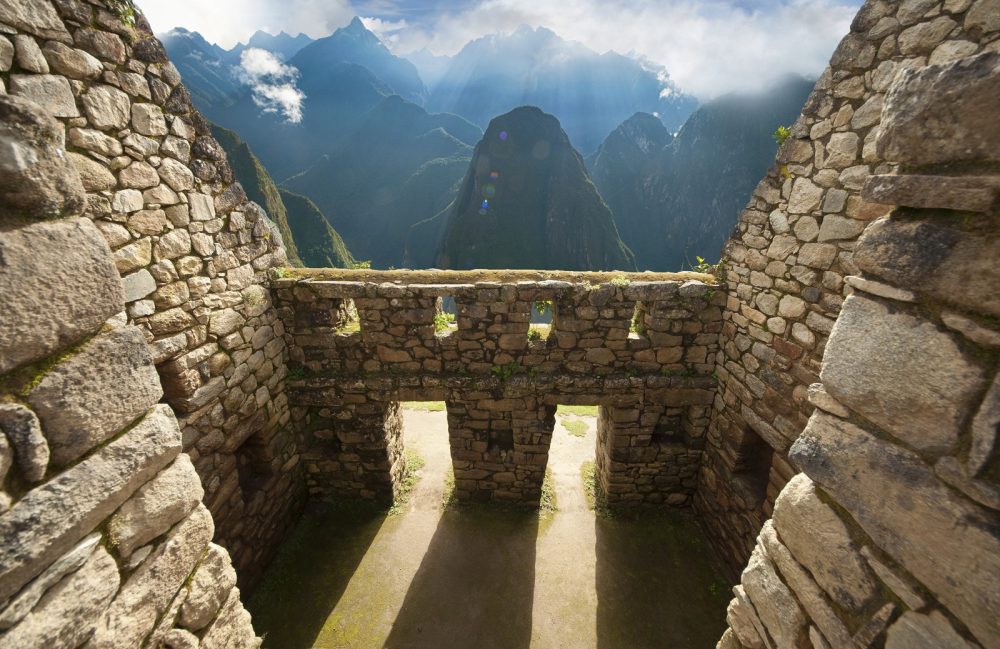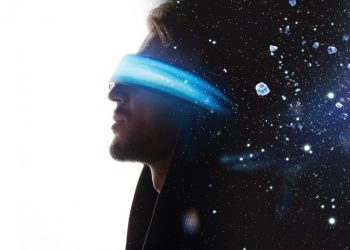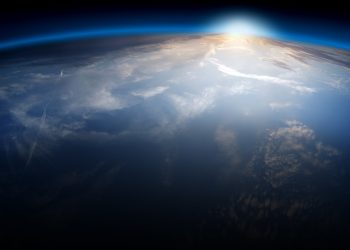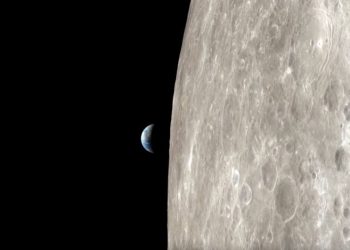The human face might look like in the future very different from the one we know today. Over millions of years, our facial features have changed dramatically, shaped by climate, diet, behavior, and biology. Now, scientists say that evolution hasn’t stopped — and that our faces may continue to change in response to how we live.
While some traits will likely stay the same, others may adapt to new demands: artificial environments, digital lifestyles, and even longer lifespans. So what does the next stage of facial evolution look like?
What the human face might look like in the future, according to science
Experts believe our faces are still evolving — slowly, but steadily. Anthropologist Erik Trinkaus notes that the basic shape of the human face emerged around two million years ago, yet has continued to adapt over time. Psychologist David Perrett, author of In Your Face, adds that softer diets have contributed to shrinking jaws and less prominent features in recent centuries.
If current evolutionary trends continue, the human face might look like in the future noticeably softer, more rounded, and even more childlike in appearance. This isn’t speculation pulled from science fiction — it’s a concept rooted in biology known as neoteny. Neoteny refers to the retention of juvenile traits into adulthood, and it’s already a part of our evolutionary history. Compared to our ancient ancestors, modern human faces are flatter, with smaller jaws and more delicate features.
Experts believe this trend could become even more pronounced. Future human faces may exhibit larger eyes, not only as an aesthetic shift but potentially as an adaptation to extended screen exposure or lower-light environments — especially if we spend more time indoors or in artificial habitats. Smaller noses and chins may result from decreased reliance on powerful chewing muscles and a continued softening of the human diet. Meanwhile, the forehead could expand as the skull accommodates further brain development, especially in regions tied to memory, problem-solving, and social processing.
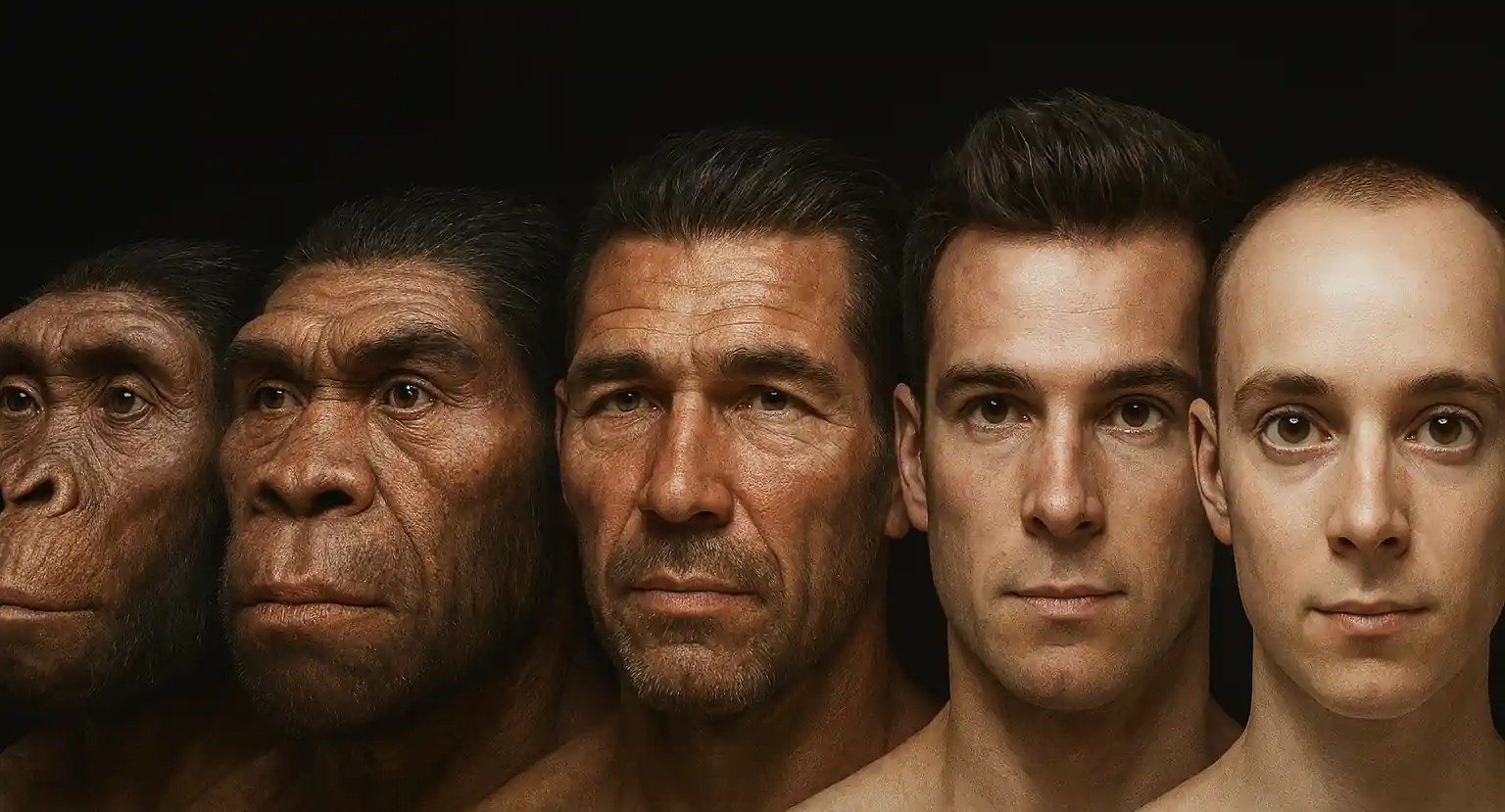
Biological limits and future adaptations
A key challenge in predicting how the human face might look like in the future is the anatomy of childbirth. Larger skulls may not be compatible with the current size of the female pelvis, which is already pushed to the limit. This could mean more premature births and longer postnatal brain development — trends already present in modern humans.
Even so, many scientists believe the human face might look like in the future slightly more exaggerated in the direction it’s already moving: rounder, smoother, and more expressive. Larger eyes could improve vision in artificial light or low-light environments, while flatter faces may reflect reduced reliance on brute chewing force.
Penny Spikins, a paleolithic archaeologist, points out that our current face is already unusual in the animal world. Its fine muscle control and emotional expressiveness make it an evolutionary outlier. That uniqueness is unlikely to disappear — and may become even more refined over time.
Whether shaped by biology, technology, or the shifting nature of human society, the human face might look like in the future not like a sci-fi invention, but a familiar echo of ourselves — subtly altered by time. It may not be dramatic or alien, but a continuation of the slow, silent evolution we’ve always undergone. And in those future faces, we might still recognize our own — just adapted to a world we’re only beginning to imagine.




